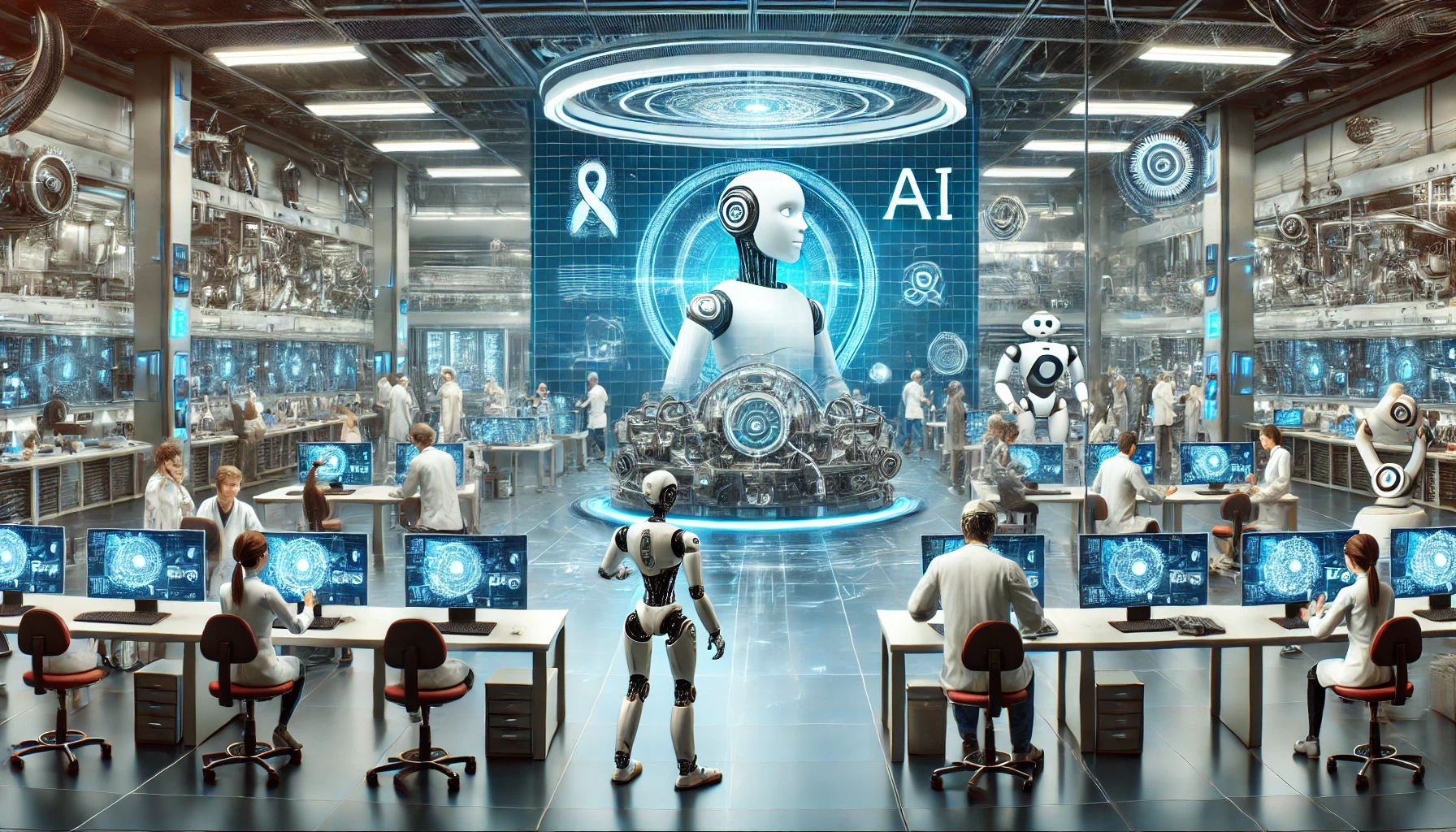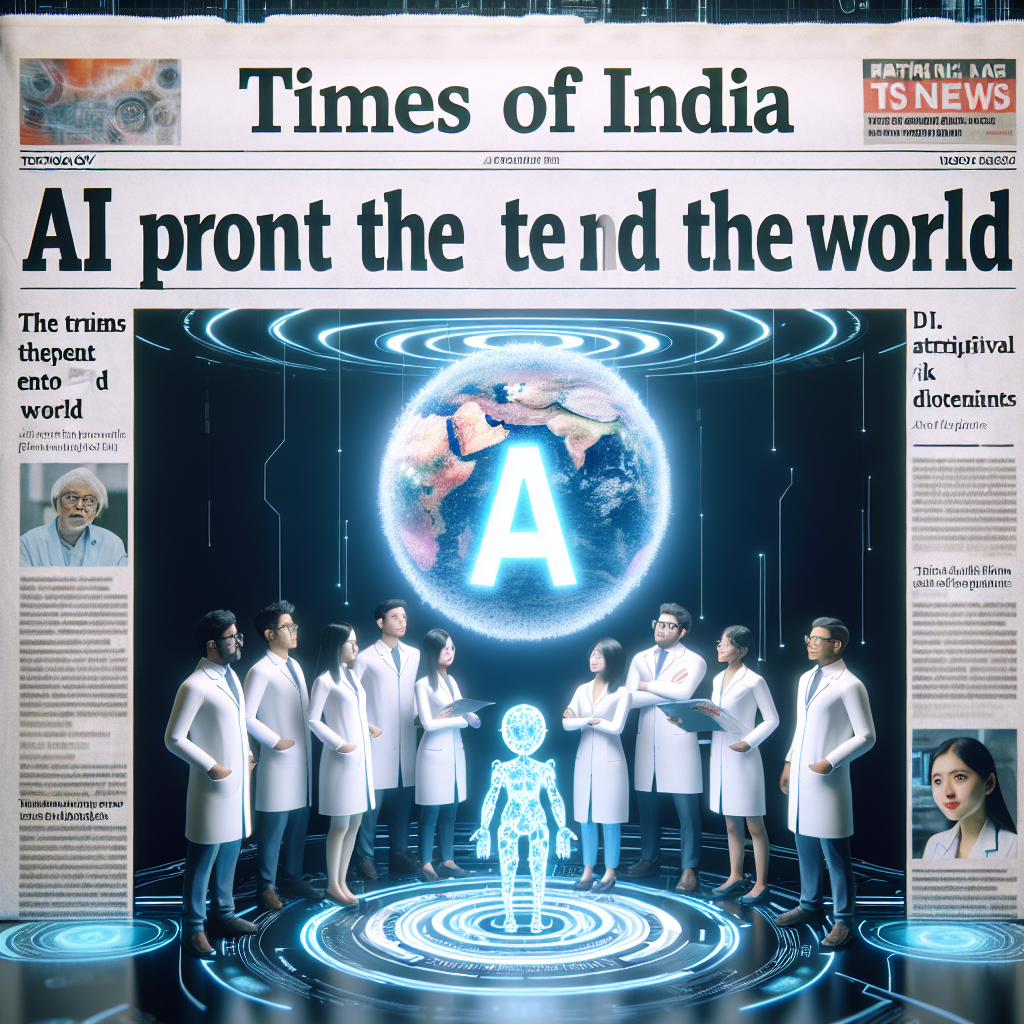The Rise of Destructive AI: Are We Nearing a Point of No Return?
In a world increasingly driven by artificial intelligence, the conversation has shifted from mere automation and convenience to potentially existential threats. What was once science fiction is rapidly becoming scientific concern, and recent discussions highlight the terrifying possibility that a single AI prompt could be as catastrophic as a nuclear warhead — if placed in the wrong hands.
While AI offers revolutionary benefits across industries, there is growing apprehension about what happens when this powerful technology is misused. Much like a nuclear weapon, a destructive AI doesn’t need to be widely deployed to wreak havoc. It only takes one — one bad actor, one dangerous prompt, one unregulated model.
A Glimpse Into the Future of AI: Opportunity or Omen?
AI technologies are evolving at an unprecedented pace. Large Language Models (LLMs) like OpenAI’s GPT, Google’s Gemini, and Anthropic’s Claude can now generate human-like responses that mimic cognition, creativity, and reasoning. While this progress has enabled breakthroughs in healthcare, education, and automation, experts warn that the same tools can be repurposed to cause large-scale destruction.
Imagine this scenario: a lone individual types an innocuous-looking prompt into an advanced AI engine. Seconds later, they’re holding blueprints for a bioengineered virus or step-by-step instructions to shut down a power grid. This isn’t speculation — leading researchers confirm this is fast becoming a real and present danger.
The Echoes of the Manhattan Project
Comparisons between AI and nuclear technology aren’t just metaphorical — they’re chillingly apt. Just like nuclear physics in the 1940s, AI is currently in a phase where innovation is outpacing regulation. Back then, the advent of atomic energy was a scientific marvel, until it culminated in the devastation of Hiroshima and Nagasaki. Now, the question is whether AI could follow the same trajectory.
The key similarity lies in potential scale and irreversible consequences:
- Nuclear energy: Can light up cities — or destroy them.
- AI models: Can extend human potential — or dismantle societal structures.
The Role of Prompts: Small Inputs, Catastrophic Outputs
A pivotal concern lies in how advanced models interpret and respond to inputs. In the AI world, a “prompt” is a simple user command or question. However, with the right structure and intent, these prompts can manipulate models into revealing dangerous information or inciting harmful actions.
Security experts term this phenomenon as “prompt injection attacks.” These are exploited loopholes that coax an AI into breaking its own ethical or operational guidelines. This could mean anything from disclosing confidential data to simulating cyberattacks.
Who’s Accountable in an AI-Driven Apocalypse?
A central dilemma in the AI safety debate is accountability. If an AI model is used to catalyze global harm, who bears responsibility?
- The developer who trained the model?
- The company that deployed it?
- The end-user who issued the prompt?
Currently, there are no universally accepted regulations or enforcement mechanisms. The AI arms race is driven largely by private enterprises and geopolitics, with little international consensus on ethical boundaries or fail-safes. In this regulatory void, even well-intentioned researchers may be pressured to push limits, chasing innovation at the expense of safety.
The Illusion of Control
Even the most robust guardrails can be bypassed. AI models mask a labyrinth of probabilities and neural pathways that not even their creators fully understand. Once trained and released, these systems take on a life of their own — making control more of an illusion than a safeguard.
This leads to a dangerous paradox: The smarter AI becomes, the harder it is to contain it.
What Needs to Change: Policy, Ethics, and Surveillance
To avoid a doomsday scenario triggered by a benign line of text, governments and tech companies must mobilize a coordinated global response. This includes:
1. Legislative Oversight
Stronger laws governing AI development, use, and deployment, akin to nuclear non-proliferation treaties. These laws must be enforceable across borders.
2. AI Safety Research
More funding and focus on interpretability, model alignment, and red-teaming—where AI is stress-tested under malicious scenarios.
3. Ethical AI Development
Create shared ethical frameworks that guide how AI should and should not be programmed. This includes banning model training on highly sensitive or dangerous data sets.
4. Surveillance of High-Capability Models
Establish third-party audits and government monitoring of models exceeding a certain threshold of computational power or data access.
Conclusion: A Prompt Away from Catastrophe?
The idea that a simple AI prompt could initiate global disaster isn’t hyperbole — it’s a looming reality. As AI capabilities continue to march forward, so must our collective responsibility.
Not every innovation must see the light of day, and not every line of code should be run. In a hyper-connected world, we can’t afford to wait for the first disaster to begin acting responsibly. Just as humanity agreed — too late in some cases — on the gravity of nuclear weapons, it’s time we recognize that AI can be just as lethal if misused.
It’s not about fearing technology — it’s about respecting its power, and wielding it with caution. Because ultimately, the greatest threat isn’t the AI itself, but the human hands that guide it.



Leave a Reply